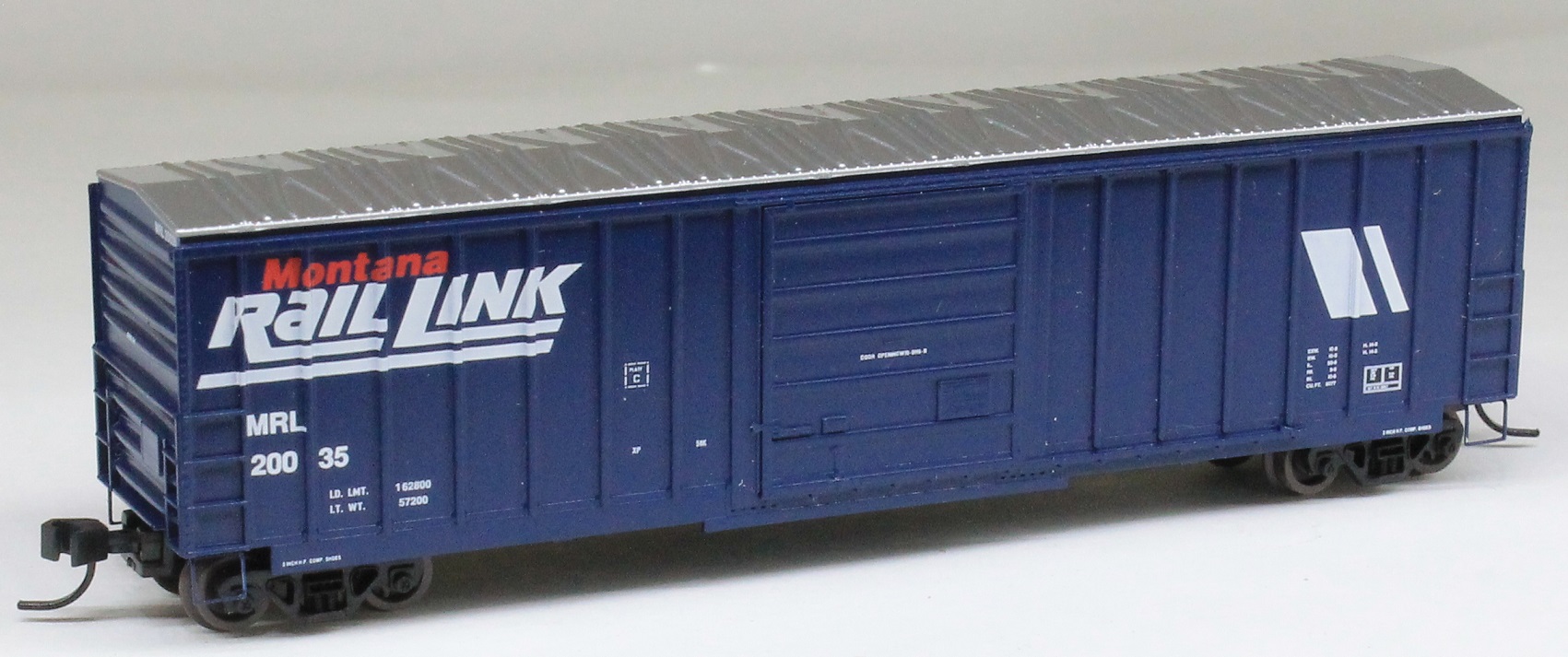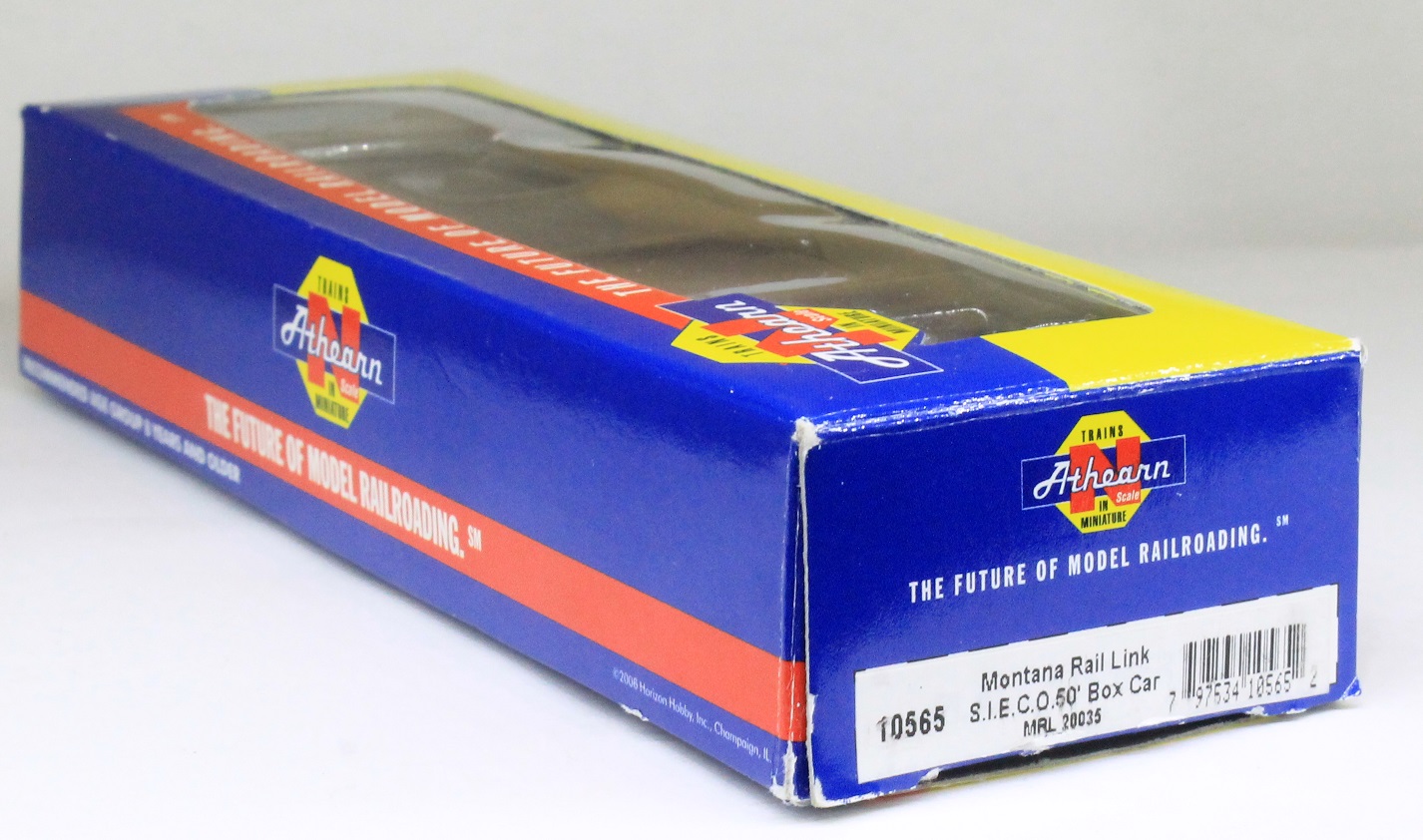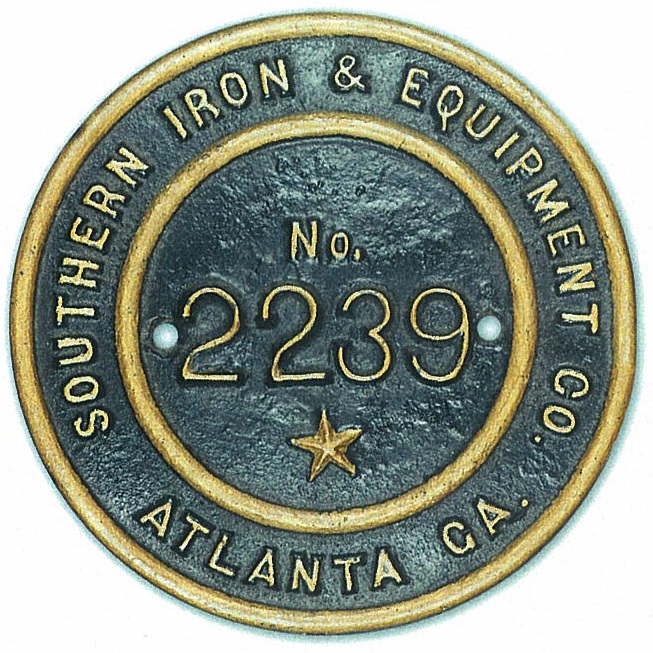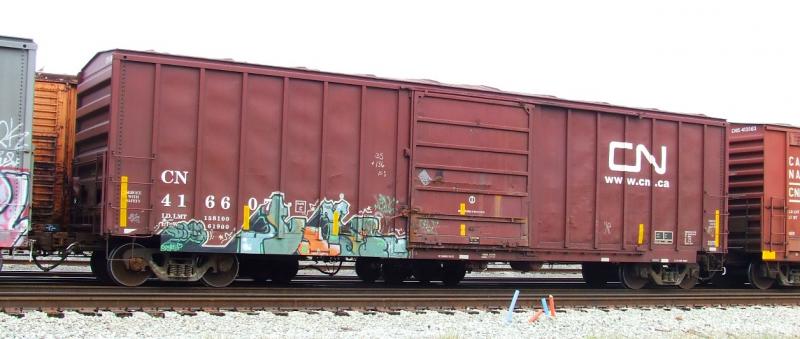Model Information: MODEL FEATURES:
Fully detailed molded under frames,
Screw mounted trucks for enhanced performance,
Accumate magnetically operated knuckle couplers,
Weighted for optimum operation,
Photo etched stirrup steps provide scale cross section,
Scale profile brake wheels.
Prototype History: The 1970s saw a shift in general purpose boxcars from 40 foot to 50 foot exterior post designs. The incentive per diem regulations (IPD) made it very attractive for railroads to acquire large fleets of boxcars. Along with the larger companies like Pullman Standard and American Car & Foundry (ACF), Southern Iron & Equipment Co. (SIECO) also jumped into the 50 foot boxcar business. The SIECO railcars were recognizable by the "gap" between the roof and walls of the car.
Road Name History: Montana Rail Link (reporting mark MRL) is a privately held Class II railroad in the United States. MRL, which operates on trackage originally built by the Northern Pacific Railway, is a unit of the Washington Companies, and is headquartered in Missoula, Montana.
The railroad runs between Huntley, Montana and Spokane, Washington, largely within Montana, and the main line passes through the towns of Missoula, Livingston, Bozeman, Billings, and Helena. Montana Rail Link connects with the BNSF on both ends and also in Garrison, Montana. The railroad has 937 miles (1,507 km) of track, serves over 150 customers, and employs 1,200 personnel. The main yard is in Laurel, Montana, with smaller yards located in Missoula, Billings, and Helena.
Montana Rail Link's present status and main line date back to 1987, when MRL under Missoula businessman Dennis Washington agreed to lease Burlington Northern's southern Montana main line between Sandpoint, Idaho and Huntley, Montana, near Billings. This spin-off was controversial as it happened during contract negotiations between Burlington Northern and the United Transportation Union. MRL workers are represented by various unions. Montana Rail Link trains operate between Billings, MT and Spokane, WA using trackage rights over BN successor BNSF Railway's tracks connecting those points.
Montana Rail Link still uses cabooses, which are used to carry remote control switching equipment on Laurel switch engines. A significant number of MRL movements are actually BNSF trains, complete with locomotives, that MRL receives at one end of its track and forwards back to BNSF at the other end. MRL also operates trains of its own to gather and distribute local freight along its lines. Forest products and grain are primary commodities, and MRL also operates a special train, called the Gas Local, between Missoula and Thompson Falls, Montana, to bridge a gap in a long-distance gasoline pipeline.
The railroad runs between Huntley, Montana and Spokane, Washington, largely within Montana, and the main line passes through the towns of Missoula, Livingston, Bozeman, Billings, and Helena. Montana Rail Link connects with the BNSF on both ends and also in Garrison, Montana. The railroad has 937 miles (1,507 km) of track, serves over 150 customers, and employs 1,200 personnel. The main yard is in Laurel, Montana, with smaller yards located in Missoula, Billings, and Helena.
Montana Rail Link's present status and main line date back to 1987, when MRL under Missoula businessman Dennis Washington agreed to lease Burlington Northern's southern Montana main line between Sandpoint, Idaho and Huntley, Montana, near Billings. This spin-off was controversial as it happened during contract negotiations between Burlington Northern and the United Transportation Union. MRL workers are represented by various unions. Montana Rail Link trains operate between Billings, MT and Spokane, WA using trackage rights over BN successor BNSF Railway's tracks connecting those points.
Montana Rail Link still uses cabooses, which are used to carry remote control switching equipment on Laurel switch engines. A significant number of MRL movements are actually BNSF trains, complete with locomotives, that MRL receives at one end of its track and forwards back to BNSF at the other end. MRL also operates trains of its own to gather and distribute local freight along its lines. Forest products and grain are primary commodities, and MRL also operates a special train, called the Gas Local, between Missoula and Thompson Falls, Montana, to bridge a gap in a long-distance gasoline pipeline.
Brand/Importer Information: Athearn's history began in 1938, when its founder-to-be, Irvin Athearn, started an elaborate O scale layout in his mother's house. After placing an ad selling the layout, and receiving much response to it, Irv decided that selling model railroads would be a good living. He sold train products out of his mother's house through most of the 1940s. After becoming a full-time retailer in 1946, Irv opened a separate facility in Hawthorne, California in 1948, and that same year he branched into HO scale models for the first time.
Athearn acquired the Globe Models product line and improved upon it, introducing a comprehensive array of locomotive, passenger and freight car models. Improvements included all-wheel drive and electrical contact. One innovation was the "Hi-Fi" drive mechanism, employing small rubber bands to transfer motion from the motor spindle to the axles. Another was the double-ended ring magnet motor, which permitted easy connection to all-wheel-drive assemblies. Athearn was also able to incorporate flywheels into double-ended drives.
The company produced a model of the Boston & Maine P4 class Pacific steam locomotive which incorporated a cast zinc alloy base and thermoplastic resin superstructure. It had a worm drive and all power pickup was through the bipolar trucks that carried the tender. This item was discontinued after the Wilson motor was no longer available, and was not redesigned for a more technologically advanced motor.
Athearn's car fleet included shorter-than-scale interpretations of passenger cars of Southern Pacific and Atchison, Topeka & Santa Fe Railroad prototypes. The company also offered a variety of scale-length freight cars with sprung and equalized trucks. The cars could be obtained in simple kit form, or ready-to-run in windowed display boxes. The comprehensive scope of the product line contributed to the popularity of HO as a model railroad scale, due to the ready availability of items and their low cost.
Irv Athearn died in 1991. New owners took control in 1994, but continued to follow Athearn's commitment to high-quality products at reasonable prices. Athearn was bought in 2004 by Horizon Hobby. Athearn was then moved from its facility in Compton to a new facility in Carson, California. In mid-2009, all remaining US production was moved to China and warehousing moved to parent Horizon Hobby. Sales and product development was relocated to a smaller facility in Long Beach, California.
Read more on Wikipedia and Athearn website.
Athearn acquired the Globe Models product line and improved upon it, introducing a comprehensive array of locomotive, passenger and freight car models. Improvements included all-wheel drive and electrical contact. One innovation was the "Hi-Fi" drive mechanism, employing small rubber bands to transfer motion from the motor spindle to the axles. Another was the double-ended ring magnet motor, which permitted easy connection to all-wheel-drive assemblies. Athearn was also able to incorporate flywheels into double-ended drives.
The company produced a model of the Boston & Maine P4 class Pacific steam locomotive which incorporated a cast zinc alloy base and thermoplastic resin superstructure. It had a worm drive and all power pickup was through the bipolar trucks that carried the tender. This item was discontinued after the Wilson motor was no longer available, and was not redesigned for a more technologically advanced motor.
Athearn's car fleet included shorter-than-scale interpretations of passenger cars of Southern Pacific and Atchison, Topeka & Santa Fe Railroad prototypes. The company also offered a variety of scale-length freight cars with sprung and equalized trucks. The cars could be obtained in simple kit form, or ready-to-run in windowed display boxes. The comprehensive scope of the product line contributed to the popularity of HO as a model railroad scale, due to the ready availability of items and their low cost.
Irv Athearn died in 1991. New owners took control in 1994, but continued to follow Athearn's commitment to high-quality products at reasonable prices. Athearn was bought in 2004 by Horizon Hobby. Athearn was then moved from its facility in Compton to a new facility in Carson, California. In mid-2009, all remaining US production was moved to China and warehousing moved to parent Horizon Hobby. Sales and product development was relocated to a smaller facility in Long Beach, California.
Read more on Wikipedia and Athearn website.
Item created by: Lethe on 2016-08-31 14:05:26. Last edited by baggedbird on 2023-06-26 18:16:05
If you see errors or missing data in this entry, please feel free to log in and edit it. Anyone with a Gmail account can log in instantly.
If you see errors or missing data in this entry, please feel free to log in and edit it. Anyone with a Gmail account can log in instantly.












